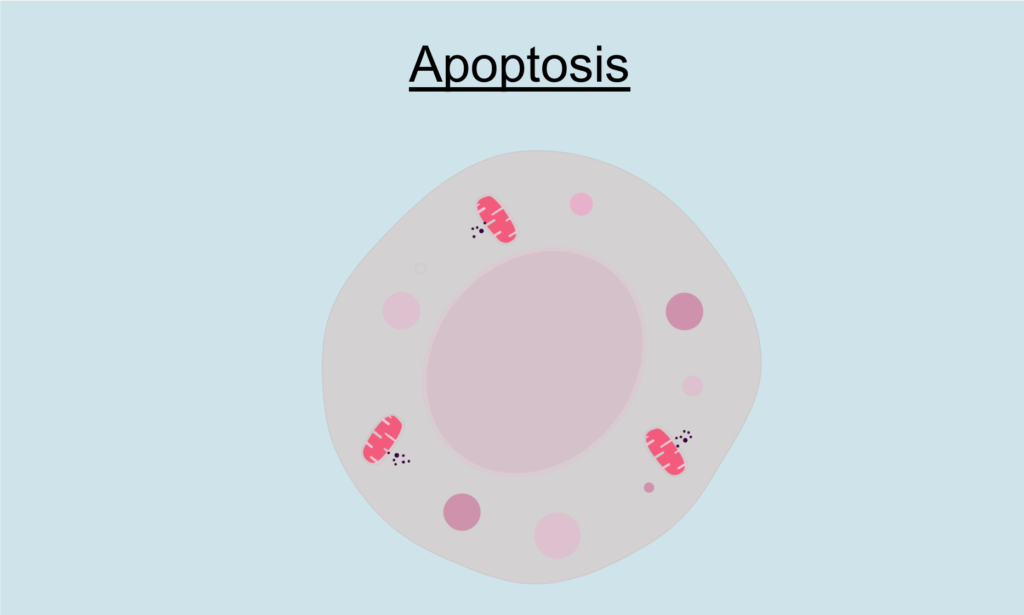Identified since 1972, the programmed cell death functions as a controlled mechanism clearing abnormal or damaged cells of an organism. Its activation leads to the self-destruction of these cells.
Thus, when a cell is too damaged and can no longer be repaired, this mechanism prevents the damaged cell from altering others in a chain reaction that is damaging to the body.
Several complex processes in the body act as regulators of this mechanism, preventing or facilitating the destruction of cells.

Life and death of a cell
Researchers at Servier focused their efforts on a family of proteins called Bcl-2. It is these proteins that scientists have identified as a key driver of cell death.
The Bcl-2 belong to a family of genes, divided into two camps: on the one hand, the proapoptotic genes, that cause cell death; on the other hand, the anti-apoptotic genes, that prevent it.
Bcl-2 belongs to the latter category: it is an anti-apoptotic protein. However, research has shown that cancer cells have the ability to disrupt Bcl-2 and alter it to change its role in the body. Instead of preventing cell death, the Bcl-2 proteins accumulate and promote aberrant survival of tumor cells, which do not self-destruct.
On the contrary, the presence of these diseased elements can cause tumor cells to proliferate and cancer to progress.
A crucial mechanism for the development of new drug candidates
Apoptosis and its regulation are complex phenomena to research. But identifying the processes that regulate programmed cell death is vital for research.
Firstly, to understand the different mechanisms that affect cell survival within the body. Secondly, because the regulation of apoptosis appear as a serious lead in the discovery of new and more effective targeted treatments, especially in the field of oncology.
These treatments can specifically target Bcl-2 proteins to inhibit them and prevent their aberrant development or even cause the death of tumor cells.
